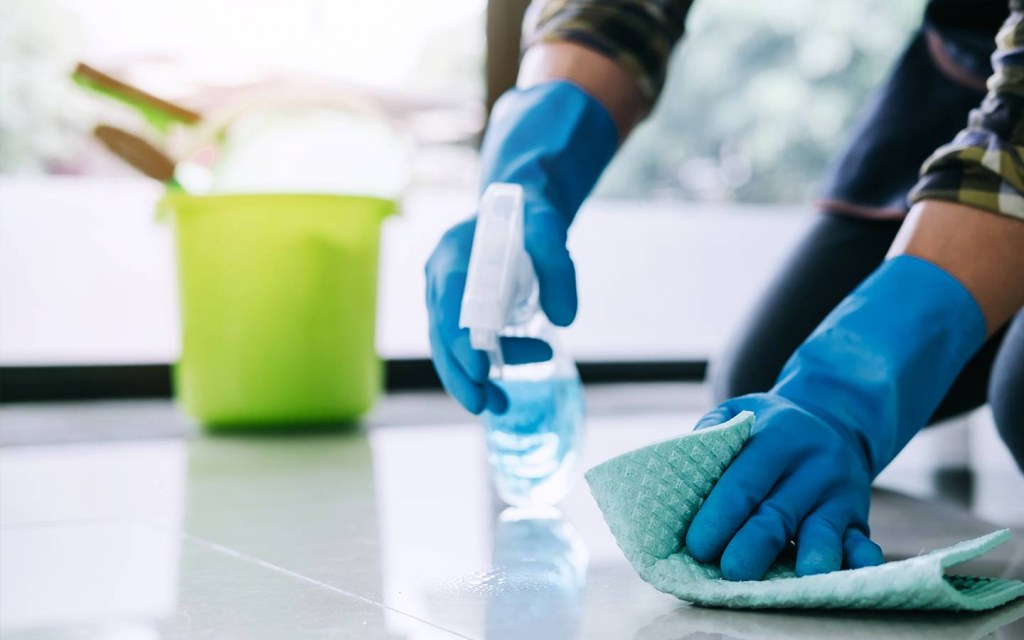
Marble is a beautiful material that adds elegance to your home. But like any other material, it can get dull and stained.
To make marbles shine, you’ll need to clean them thoroughly and polish them. While this isn’t always necessary, it can help keep your marble looking its best and extend its life.
Contents
Clean
Marbles are natural stone surfaces that add a touch of luxury to any home. However, constant use can dull their shine over time. To restore the luster of your marble, you need floor polish crystal to clean it regularly. The simplest way is to wipe the surface down with a soft cloth and mild dish soap.
Avoid using any abrasive cleaners on marble, especially dry erasers. A dilute ammonia solution works well for removing dirt, and baking soda will help remove stubborn stains.
Stains can come from a variety of sources, such as engine oil, spilled cooking oil or drops of lipstick. Try to remove these stains as soon as possible.
For stubborn stains, mix baking soda with water in a poultice and apply it to the stain. Cover the poultice with plastic wrap, taping down the edges, and leave it for 24 hours. After that, scrape it away with a razor blade and rinse it thoroughly. This process may need to be repeated if the stain persists.
Polish
Marble is a beautiful stone that can be honed and polished to give it a shiny finish. Whether you have natural or cultured marble, this process can restore your countertop and other marble surfaces to a glossy appearance.
The first step to polishing marbles is to clean them properly. Wipe them with a soft dry rag to remove dust and crumbs, then wet them with a damp sponge. Apply a manufacturer-approved commercial marble cleaner or, alternatively, add a couple of drops of mild, nonabrasive dishwashing liquid to your damp rag and distribute the cleaner across your marble.
Next, use a chamois cloth and powdered chalk to buff your marble, using gentle circular motions. The powdered chalk is just abrasive enough to smooth minor imperfections but not so abrasive that it can etch or scratch your marble.
Seal
Marble surfaces are prone to etching and staining, especially when using acidic cleaning products or food. To make them shiny again, use a sealer to protect the stone from future damage.
There are many different types of marble sealers available on the market, and knowing which ones are best for your particular type of stone finish will make a big difference in how long they last. You will also need to consider how often you plan to apply the sealer.
A good sealer will help safeguard your marble surfaces against staining and fading, and should also prevent the stone from becoming slippery when wet. It is important to choose a sealer that has the right viscosity, which means it will be able to penetrate into your stone’s pores and gaps.
Repair
Marbles are a gorgeous, durable stone that can be used for everything from buildings and monuments to interior design and table tops. However, they can be difficult to maintain and may get dull or faded.
To make marbles shiny again, you need to clean and polish them. Use MARBLELIFE’s Marble & Travertine Cleaner to help keep your marble looking its best.
Once the surface is clean, use a product like MARBLELIFE’s Marble Polish to work away at scratches and etches. These will eventually disappear when the surface is polished again.
You can also repair broken pieces of marble countertop or floor using a special cyanoacrylate adhesive. It comes in a small container that allows you to fill the cracks of a marble piece.